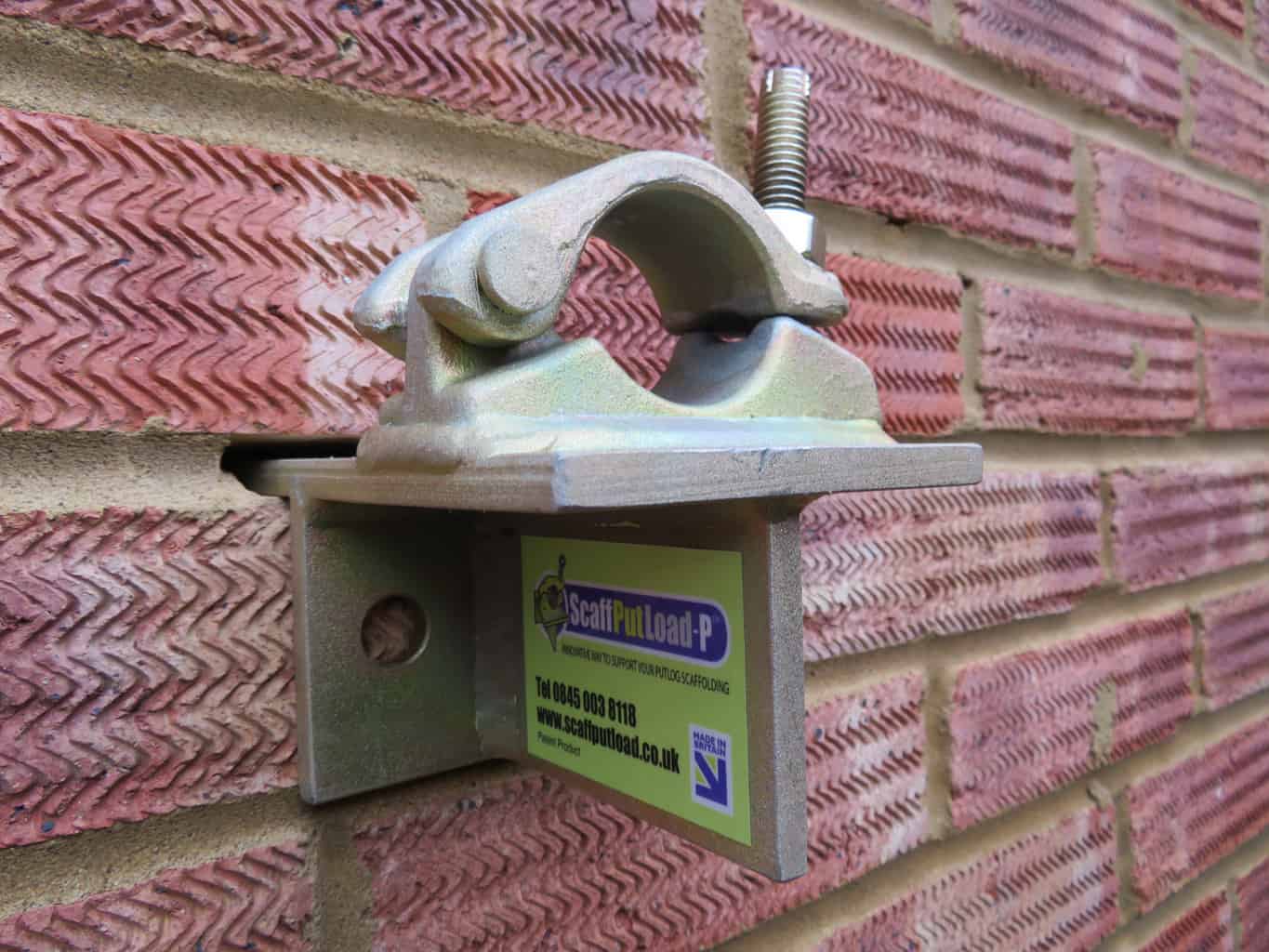I recently posted on LinkedIn about a temporary roof structure that had been erected over a busy pedestrianised street in south London. To give you some context, it was SO bad that amongst other comments on my post a technical advisor for the NASC commented on the photographs “Dangerous is an understatement”.
I was that concerned by the structure that I contacted both Lewisham Building Control & the HSE, reporting it as a dangerous structure. Despite giving a detailed narrative of the defects and potential for collapse, as well as a detailed description of my industry credentials & the concern from my industry peers, five days later and the HSE have responded with, basically, “It’s not our problem”.
Thank you for that.
If like me, you have significant experience of working at height, you would appreciate how dangerous it can be. Scaffolders typically use hundreds of individual components during a shift and often work in extreme conditions in a job that is both physically and mentally challenging.
It is true also that scaffolders – and construction workers in general – are consistently treated appallingly here in the UK; often by construction ‘professionals’ like the HSE, who have little or no technical understanding of scaffolding, nor any real understanding of safe-systems-of-work (SSOW) or the accepted hierarchy of control measures when carrying-out works at height. Coupled with a total lack of understanding and disregard for industry culture (yes, we do have an industry culture) we have created a community where capable individuals are often ignored or belittled, and those with a little knowledge or understanding (usually by qualification) are often hailed as the experts.
Safety Harnesses
A good example of this is the use of safety harnesses. Scaffolders are often praised by safety professionals for ‘clipping on’ during standard scaffolding operations – although those with any REAL knowledge would question why a scaffolder would NEED to deploy his or her harness, when erecting or striking an independent scaffold (save for maybe installing an AGR from a safety step). Some would argue that NASC guidance allows the use of tunnelling, or other methods employing personal fall protection over collective. I say ‘read the WAHR’s 2005’. Who decided that industry guidance trumps legislation?
Quality of Inspections
Another example is electronic scaffold tags. These tags alert you if a scheduled inspection has not been carried out within the time frame given. These tags only serve to foster complacency for the user of the scaffold and give the impression of ‘no alert – no problem’. The truth is, however, that there is NO culture of scaffolding inspections not being carried out, but there IS a huge problem with the QUALITY of those inspections. Nevertheless, these ‘innovations’ are typically promoted as ‘progressive safety’ when in reality, they only serve to do a disservice to the end-user.

So back to south London, we have a probable 20-tonne temporary roof above a busy pedestrian High St. No façade or ledger bracing on the support scaffolds, beam centres of at least 3.0m on a 9.0m span using 450mm alloy beams, no restraint or adequate self-weight or kentledge to avoid uplift (or splicing of the vertical joints), 3-sides sheeted (well done, you idiots) no knee bracing, purlins fixed using singles with no plan bracing or stringers restraining the bottom chord, and cantilevered purlins supporting CI sheets – that we are happy to keep in-situ. Yet we pretend to embrace the nonsense mentioned in the previous paragraph, giving the impression that the basics of scaffolding safety are more than covered.
Not true.
Some of these professionals ARE scaffolders. Contrary to another popular misconception within the wider industry, being a CISRS Scaffolder (Advanced or otherwise), CISRS Inspector or CISRS Supervisor does not necessarily make you competent at any of those industry roles.
It is also true that there are some absolutely fantastic industry safety professionals, with both a mixture of scaffolding and non-scaffolding backgrounds. These individuals can be found at all levels of the industry in companies both big and small. And likewise, their incompetent counterparts can also be found at all levels of the industry (including many large companies with decent reputations outside of the scaffolding community). I have learnt more about scaffolding from non-scaffolders than I probably care to admit.
Alcohol & Drugs
The industry has made huge strides in both safety and innovation since 1991 (I cannot comment on industry events before that) giving both scaffolders and employers the confidence to move away from the accepted “we’re just nutters – leave us alone” to well-beyond what is sensible & industry related, and an age where we are forcing transgender issues over basic safety issues in site inductions (HS2 take a bow) forcing scaffolders to work with heavy, long sleeve trousers and shirts in 35°C heat ‘because it’s ‘Network Rail policy’ – regardless that those scaffolders are working next to the main road, and at least 200m from a railway line (HS2 again) to aggressive and stifling alcohol and drug policies across the industry, where often excellent & skilled workers are banned from site because they smoked a sp***f at a party, 8-weeks prior.
Given that the construction industry has a huge skills shortage – a culture that is nothing short of scandalous. A scaffolder with 20-years’ experience who fails a historic test for cannabis is often replaced with a scaffolder with say, 3-years’ experience, even though he or she would be legally allowed to drive a 40-tonne lorry along a motorway at 50mph.
Well done for that – Big round of applause.
What the wider industry fails to understand or accept however is that those individuals are often just shuffled-around, and replaced onto another site the following day (often for the same PC). The scaffolder has lost a day’s money and is now not happy. Whenever there is a safety breach (however minor) those same contractors ask “Why don’t the lads care?” to which my response is “Why should they?” You haven’t invested anything in them, and you want to treat them like a throwaway commodity. Would YOU care?
Why should a self-employed scaffolder care about the success or failure of some £500million project, when nobody cares about them? They get no holiday pay, no employment benefits or security, no pension, they pay for their own training, their own tools, often their own PPE, sometimes they even pay just for the privilege of receiving their wages, yet are treated and paid like employees, and then lose that ‘job’ because they went on a lads weekend to Amsterdam 6-weeks ago, and smoked a bit of weed. Seriously? What planet are these people on? Who’s never smoked a s***f before???
The media and wider industry ‘professionals’ then consistently portrays construction workers as overweight, shaven-headed & tattooed racists, having a complete lack of intellect or academic skills, and with a cigarette hanging from their mouth. How would you feel if that’s how you were portrayed in your professional (or personal) life?
There are indeed also some fantastic companies doing great things within the industry; many of them showing their skills and competence on Linkedin. They invest in their employees and offer the benefit of proper employment and progression, and care deeply about the safety and their staff. Yet they have to compete with those who don’t.
Back to Basics
So what is the problem? Well, there are several reasons – not least those mentioned above the previous paragraph – but until the scaffolding community and the wider industry gets ‘Back to Basics’ things will never improve; because clearly, we are more worried about potentially upsetting a transgendered person, than we are avoiding potential multiple fatalities, due to an obviously dangerous structure collapsing into a pedestrianised High St.




